
- Home
- Photography Tours
- Diary / Blog
- Galleries
- Foreign Trips
- Tasmania 2016
- NE Queensland 2016
- Western Alps 2016
- NE Spain 2016
- Australia's Wet Tropics 2015
- Australia's Top End 2015
- SW Australia 2015
- Switzerland 2015
- Andalucia 2015
- Belize 2015
- Australia 2014
- Switzerland 2014
- Belize 2014
- Bahama Islands 2014
- Switzerland 2013
- Ecuador 2012-2013
- Florida 2011-2012
- Vancouver Island 2011
- Australia 2010
- Peru 2008
- Bulgaria 2007
- Lesvos 2006
- California 2006
- New Zealand 2005
- Extremadura 2005
- Goa, India 2004
- The Gambia 2003
- About
Manu National Park, Peru
Scheduled Tour Dates: |
None currently planned |
Max. group size: |
6 participants (min. 4) |
Cost: |
US$3925 |
Tour Leaders: |
Ray Wilson & Steve Sanchez |
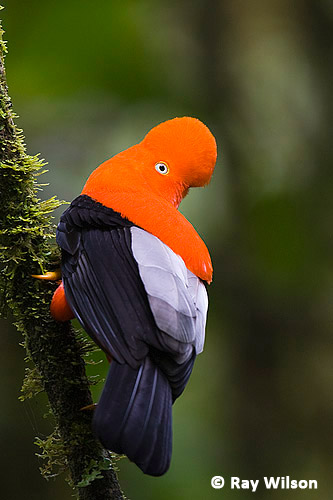 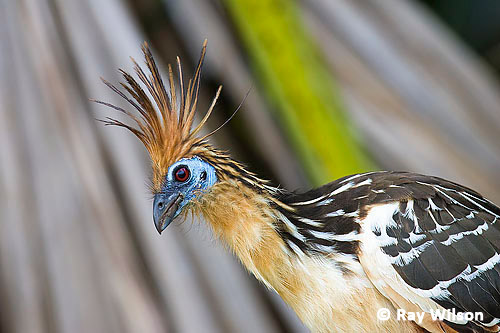 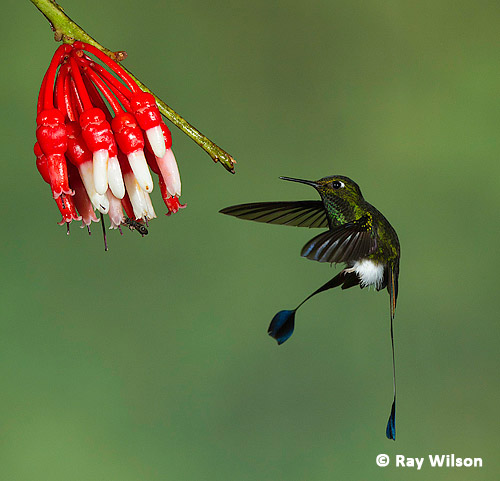 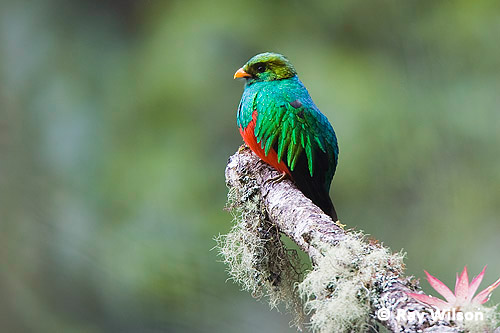  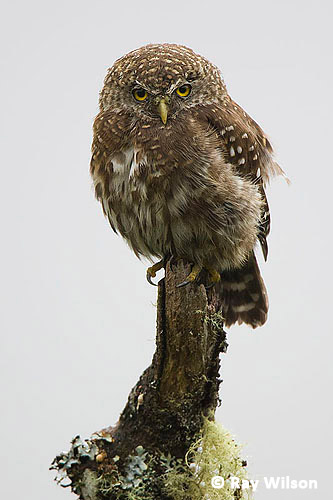 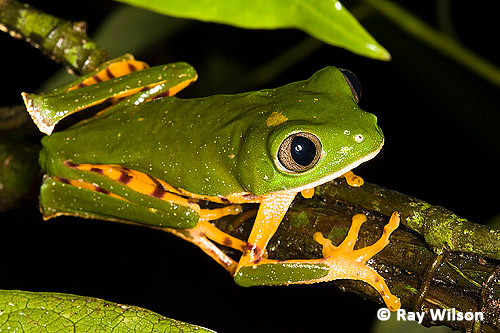 |
Introduction Manu National Park is the most biodiverse place on the planet. The number of species contained within the 15,328km2 (6,626 square miles) of the park is absolutely mind-blowing: over 1000 species of birds, 220 species of mammal (including Jaguar & 14 species of monkey), 140 species of amphibian, 99 species of reptile and countless insects and invertebrates! A visit to this amazing place at least once in your life should be at the top of the bucket list of any wildlife enthusiast. For this tour, and the preceding Northern Peru Tour (which can be combined with this tour), I am teaming up with local Peruvian bird guide and photographer Steve Sanchez. Both tours run consecutively and can be combined if you want the full Peruvian experience with a longer tour ($250 discount from the total price if you join both tours). Itinerary We will make an early start from Cusco and travel up the dry western slope of the Andes. When we cross over onto the eastern escarpment and start our descent you will notice a dramatic change in the vegetation with the arid parano giving way to lush cloud forest. From here we will make a slow descent, stopping frequently as we pass through several altitudinal zones on our way to our first overnight stop. We will stay 3 nights here at this mid-altitudinal lodge. Whilst here we will have the opportunity to visit a lek of the spectacular Andean Cock-of-the-Rock as they perform their bizarre displays just a few metres from the hide. Other wildlife is also abundant here, with numerous hummingbirds and tanagers visiting the feeders in the lodge garden. We will then continue our descent into the lowlands of the Amazon basin, and after we reach the end of the road at Atalaya catch a boat for the short journey downriver to our next lodge. Here a completely different range of species will await us. Over the next 2 days we will explore the wide variety of habitats available within the lodge's grounds, giving us the opportunity to photograph a spectacular range of species, including such gems as Spangled Cotinga, Rufous-crested Coquette, Gould's Jewelfront, Scarlet-hooded Barbet and Ivory-billed Aracari. Night-time walks will allow us to possibly also photograph Great Potoo, Spectacled Owl and Common Paraque. Over the next couple of days we will work our way slowly down river by boat staying overnight at riverside lodges. From the boat we will have the chance to photograph a wide variety of subjects such as Hoatzin, kingfishers, herons, Capybara, Black Caimen, and possibly even Jaguar. Two nights will be spent at Casa Matchiguenka, a rustic lodge run by the local native communities. Here, we will visit a couple of oxbow lakes where numerous water birds, such as Agami Heron, Rufescent Tiger-heron, Sungrebe, Sunbittern, Anhinga and Snail Kite may be photographed along with numerous monkey species in the surrounding forest. Our final destination will the the Manu Wildlife Center where we will spend our final three nights. Before breakfast on one of the mornings we will make a visit to a Macaw clay-lick, where numerous species of parrots, including Red-and-Green Macaw, Scarlet Macaw, Blue-and-yellow Macaw, Blue-headed Parrot and Orange-cheeked Parrot, come down in large numbers to eat the clay. A never to be forgotten spectacle which will surely be one of the highlight of the trip! On another day, we will again travel up the river to different meander, photographing the riverside wildlife on the way, and spend the day exploring the nearby trails searching for forest birds and mammals. The rest of our time at Manu Wildlife Center will be spent photographing the birds around the environs of the lodge. Our final day will be spent travelling back to Cusco, first by boat, then local transportation until we cross the Inambari River where our car will be waiting to take us back to Cusco via a newly paved road that passes through beautiful cloud and elfin forest. Costs:
Please read the booking policy carefully. Included in the price:
Not included in the price
Accommodation Most of the ecolodges we will stay at are of a high standard. The only exception will be Casa Matchiguenka. This lodge, run as a community project by the native people, and is clean but a bit more rustic than people accustomed to European or North American hotels may be used to. The benefits of visiting this locality, however, far outweigh possibility of any minor discomfort. Projects such as this, promoting eco-tourism to the benefit of the native communities, are vital to the long term preservation of the rainforest by encouraging conservation of the forest instead of turning to destructive ways of making a living such as forestry or mining. Health considerations The risk of malaria is low in Manu National Park but it is strongly recommended that you bring and take prophylactic medicine. Advice on which one to take should be sought from your local GP or travel clinic. You should also seek advice as to which vaccinations you require (eg. Tetanus, Yellow Fever, Hepatitis A etc.).
|
Ray Wilson owns the copyright of all images on this site.
They may not be used or copied in any form without prior written permission.
raywilsonphotography@googlemail.com